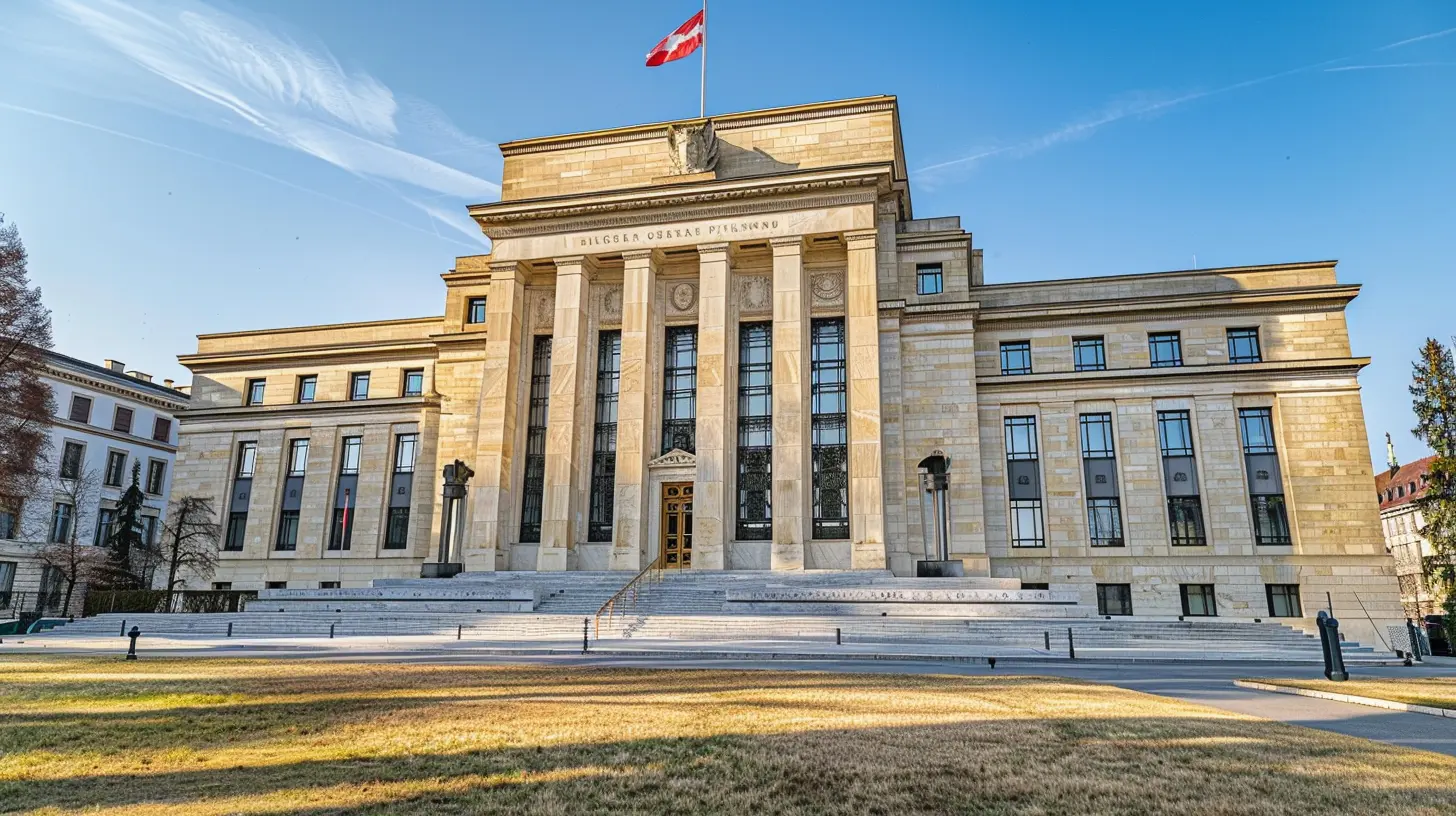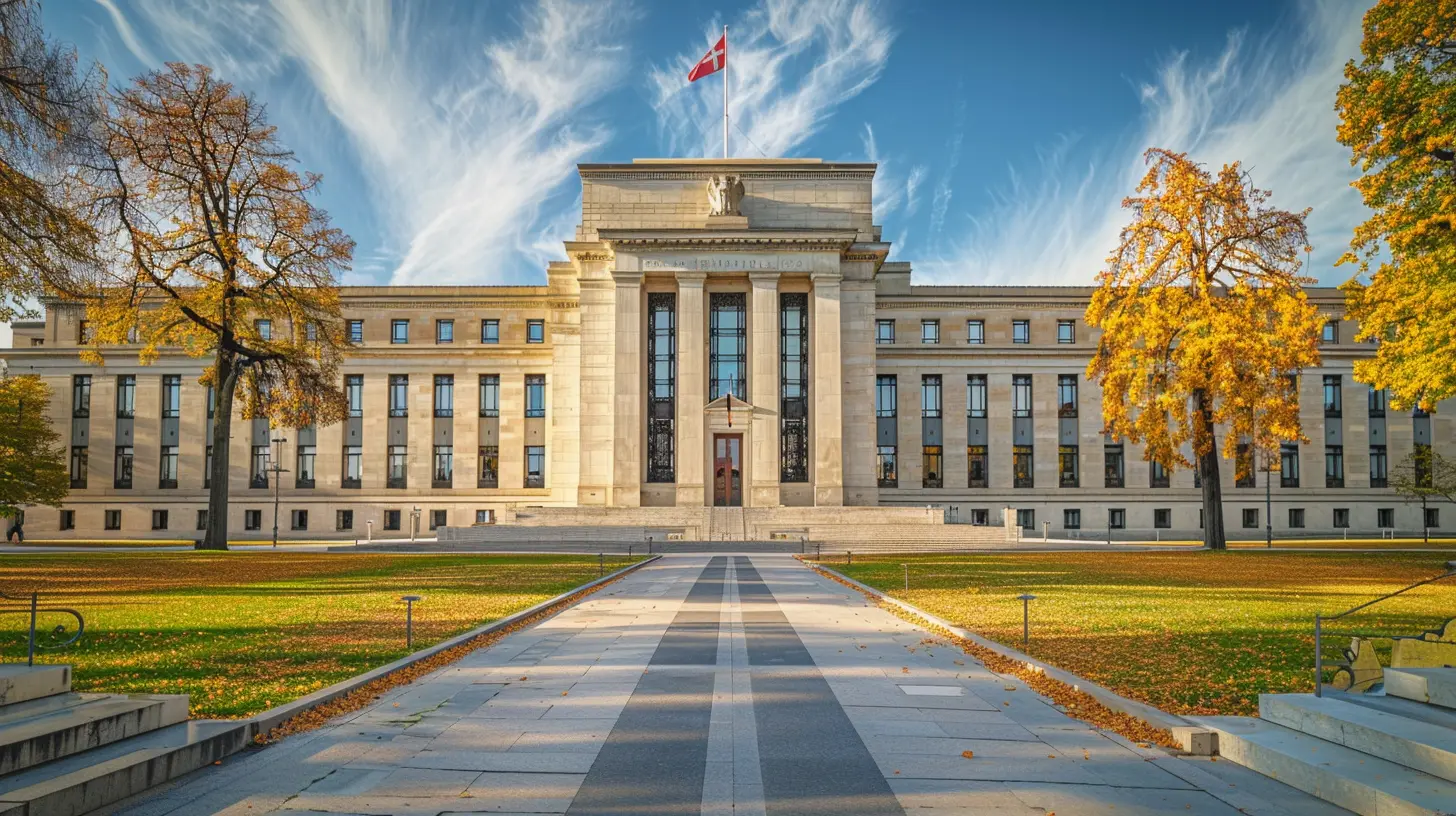22 April 2025
When it comes to market movements, few things hold as much influence as central bank policies. The financial world watches every word, every decision, and every subtle hint dropped by central banks like the U.S. Federal Reserve, the European Central Bank, and others. But why? How do these institutions steer the markets?
Let’s break it down in a simple, engaging way that even someone with little financial knowledge can grasp. Buckle up—this is going to be an insightful ride!

Understanding the Role of Central Banks
Before diving into market movements, it’s essential to understand what a central bank does. In simple terms, a central bank is like the financial system’s referee. It ensures stability, controls inflation, and helps guide economic growth.Their main tools?
- Monetary Policy – Adjusting money supply and interest rates.
- Open Market Operations – Buying or selling government securities.
- Reserve Requirements – Dictating how much cash banks must keep in reserve.
Now, let’s see how these policies affect market movements.

Interest Rates: The Market’s Pulse
Interest rates are like the heartbeat of financial markets. Central banks, especially the Federal Reserve, adjust benchmark interest rates to either stimulate or cool down the economy.When Interest Rates Fall
Imagine money is water. When rates drop, it's like turning on the tap: liquidity floods the market. Borrowing money becomes cheaper, companies invest more, consumers spend more, and stock prices generally rise. Why? Because businesses can expand easily, leading to higher earnings and better investor sentiments.When Interest Rates Rise
On the flip side, when central banks hike interest rates, borrowing becomes expensive. Companies cut back on investments, consumer spending slows down, and stock prices often decline. Investors also shift money to safer, high-yielding assets like government bonds, pulling money out of stocks.
Inflation Control: Walking a Tightrope
Inflation is another big factor central banks monitor closely. A little inflation is normal, but too much can erode purchasing power. If inflation spikes, central banks raise interest rates, making borrowing costly and slowing down economic activity.However, if inflation is too low, it signals weak demand, which isn’t great for businesses. In such cases, central banks lower interest rates to encourage borrowing and spending.
The Stock Market's Reaction
Stocks tend to flourish in a low-interest, moderate-inflation environment. But when inflation gets out of hand, central banks tighten policies, often leading to volatile markets or even recessions.
Quantitative Easing (QE) and Tightening
Besides interest rate policies, central banks use Quantitative Easing (QE) and Quantitative Tightening (QT) to influence markets.Quantitative Easing (QE) – Printing Money (Sort Of)
QE is when a central bank buys long-term securities to inject liquidity into the system. It’s like adding fuel to the economic engine. More money flows into markets, stock prices go up, and borrowing gets easier.Example: After the 2008 financial crisis, the Federal Reserve rolled out QE to prevent an economic collapse. Stocks surged as a result.
Quantitative Tightening (QT) – Pulling Money Out
QT is the opposite—central banks sell assets, reducing money supply. This sucks liquidity out of the market, making borrowing costlier and often leading to stock market declines.Example: When the Fed started reducing its balance sheet in 2018, markets responded with increased volatility.
Currency Markets: Strength or Weakness?
Central bank policies also affect currency exchange rates. When interest rates rise, a country’s currency often strengthens because investors seek higher returns. A strong currency benefits importers but hurts exporters, making their goods more expensive overseas.Conversely, lower interest rates weaken the currency, boosting exports but making imports costlier. Forex traders track these shifts closely, reacting swiftly to policy changes.
Bond Markets: The Safe Haven
Bond yields move inversely to prices. When central banks lower interest rates, bond yields drop, making them less attractive. Investors then shift toward riskier assets like stocks.When rates rise, bond yields climb, attracting investors away from stocks. This dynamic constantly plays out in financial markets.
How Market Sentiment Reacts
Markets don’t just move based on actual policy changes—they react to expectations. Even a single statement from a central banker can trigger massive profits or losses. Traders analyze every speech, meeting minutes, and economic report to gauge what’s coming.For instance, if the Fed hints at potential rate hikes, markets may sell off even before rates go up. Similarly, a dovish stance (favoring lower rates) can spark a rally.
Case Studies: Real-World Examples
1. The 2008 Financial Crisis & QE
During the crisis, central banks worldwide slashed interest rates and launched QE programs. This flooded markets with liquidity, helping stocks recover dramatically post-2009.2. The 2020 Pandemic & Ultra-Low Rates
When COVID-19 struck, central banks cut rates to record lows. Stock markets initially crashed but quickly rebounded as liquidity surged.3. 2022-2023 Rate Hikes & Market Volatility
With inflation spiraling, central banks aggressively hiked rates, leading to wild stock market swings and concerns over a potential recession.What Investors Should Watch
Central bank policies will always play a crucial role in market behavior. Smart investors keep an eye on:- Federal Reserve Meetings – Rate hikes, cuts, or policy changes.
- Inflation Reports – CPI (Consumer Price Index) and PPI (Producer Price Index) data.
- Employment Reports – Strong job data can signal rate hikes.
- Central Bank Speeches – Every word from central bankers matters.
Final Thoughts
Central banks are like the captains of the financial ship. Their monetary policies determine the direction markets take. Whether it’s interest rates, inflation control, or liquidity injections, their decisions ripple through stocks, bonds, currencies, and commodities.For investors, understanding these policies isn’t just beneficial—it’s essential for making informed decisions. So next time you see headlines about central bank meetings, pay attention; the markets surely will!





Owyn McGrady
Central banks: the original market DJs, spinning interest rates and dropping liquidity beats! Just when you think you’ve mastered the dance, they switch up the tempo!
April 26, 2025 at 11:46 AM